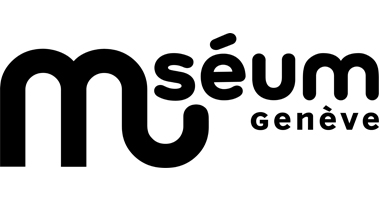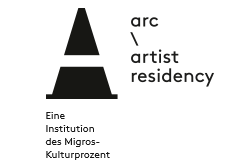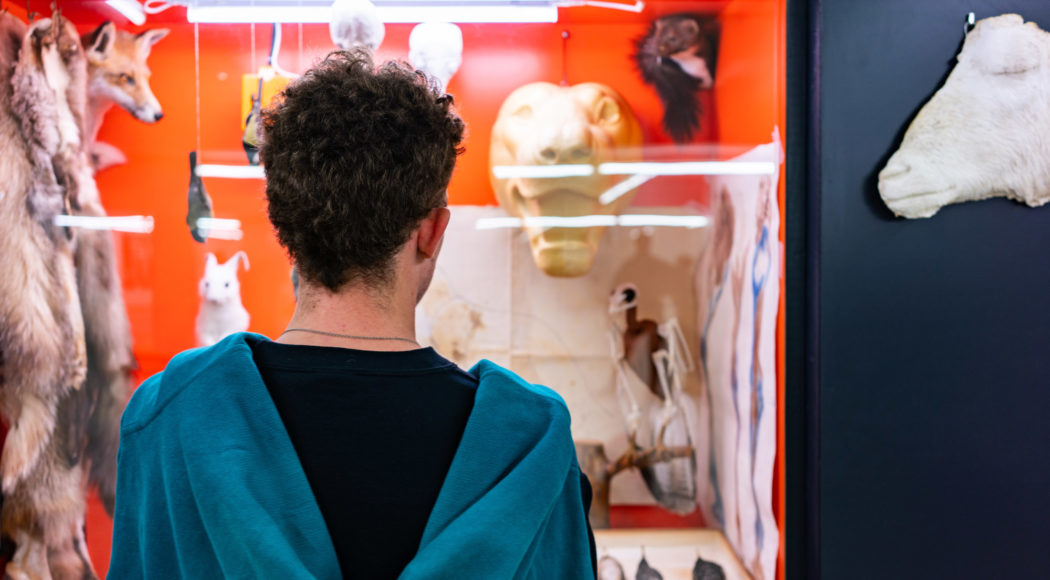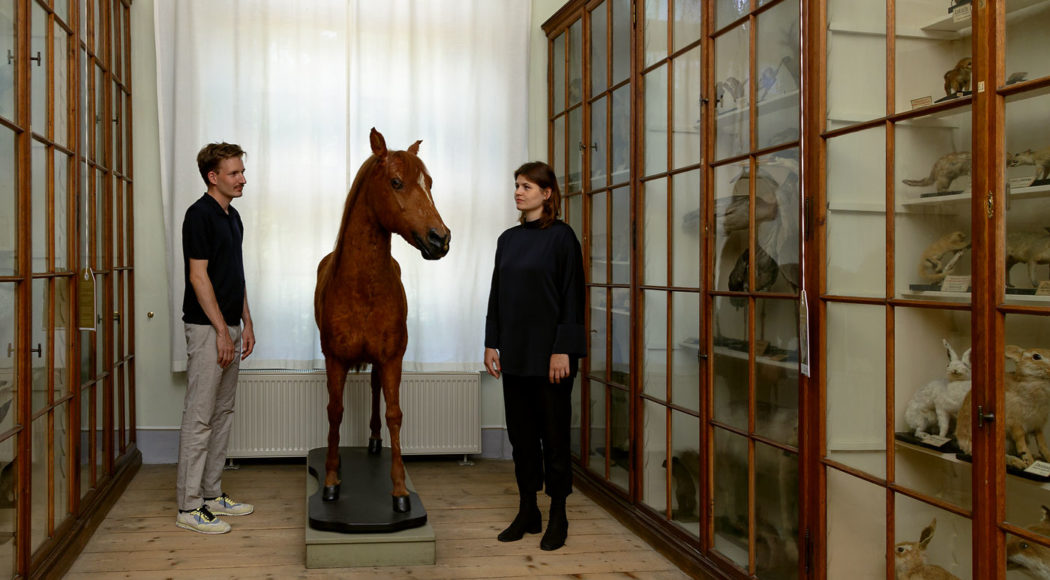Memories for tomorrow | Hecke/Rauter
Alisa M. Hecke and Julian Rauter realize interdisciplinary projects between performance and installation; their multi-layered text structures, sound or image collages are shown in theaters and exhibition contexts. Since 2016, they have been researching the paradigm shift of natural history collections in the course of global ecological changes. These are becoming places of remembrance of vanished animal species, which are apparently brought back to life here, prepared and preserved by taxidermists.
But where does this human need to collect relics of organic life and pass them on to posterity come from?
In a series of interviews Hecke/Rauter have dealt with the process of taxidermy and its protagonists. Their confessions provide information about the human desire for preservation – and their strategies of conservation – natural diversity and aesthetic diversity. An audio installation becomes a temporary place of storage and remembrance for the documentary material.
The research forms the material corpus for the interdisciplinary art project “The Big Sleep”, which will take place in theatres and natural history museums in Germany and Switzerland in 2020.
The Big Sleep
We want to preserve everything, everything, everything – not for a life afterwards, but for the future. For this world, not the hereafter, but actually, if possible, forever.
For the performance “The Big Sleep”, a still life of performers and animal preparations is created. The central question is how (in-)animated bodies transport memories and narratives and freeze time.
With “The Big Sleep”, the theatre makers Alisa M.Hecke and Julian Rauter explore the fascination of taxidermy. How do bodies function as carriers of memory? What aesthetic premises are used to shape dead matter in taxidermy? And how does this craft succeed in creating an illusion of aliveness? In their artistic approach they regard taxidermy as a cultural practice that tries to resist decay and forgetting. On the basis of interviews with taxidermists in the field of museum, hunting and pet taxidermy, they are developing four different artistic formats on this topic (performance, scenic installation, short piece, audio installations and podcasts), Which will be shown at theatres, festivals and museums in Germany and Switzerland in 2020.
Recommendation Residence – Schauspiel Leipzig
6:00 – 7:30
The Big Sleep
Performance/Installation/Live Preparation
side stage east
artistic direction: Alisa Hecke, Julian Rauter
Production management: Nora Schneider
Dramaturgy: Nadine Vollmer
Participating artists and scientists: Katharina Bill, Lydia Mäder, Malte Scholz, Alvin Probst, Andi Willmann, Nina Maria Wyss, Jean-Marie Zumstein and others
A production by Hecke/Rauter GbR in co-production with Schauspiel Leipzig, Kunstfest Weimar, Theaterdiscounter Berlin, Roxy Birsfelden as well as the Naturhistorisches Museum Basel and the Muséum d’histoire naturelle de la Ville de Genève. Supported by Dirty Debut and ARC artist residency. Supported by the German Federal Cultural Foundation.
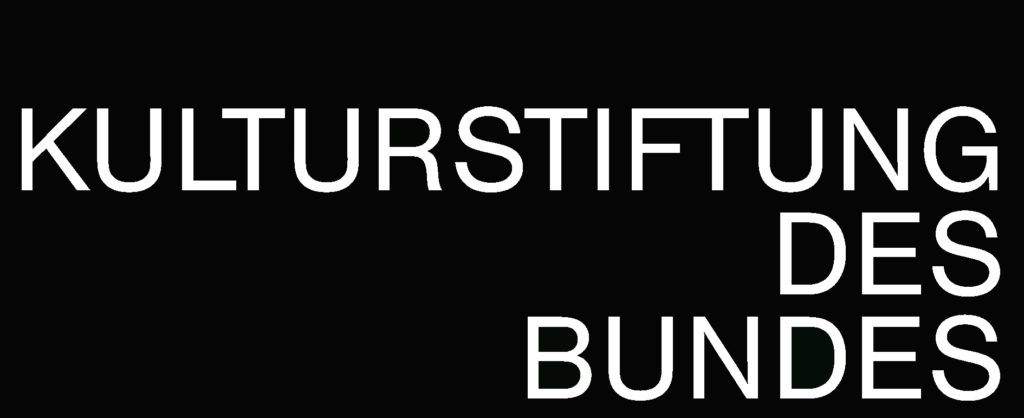
![]()
![]()
![]()
![]()
![]()
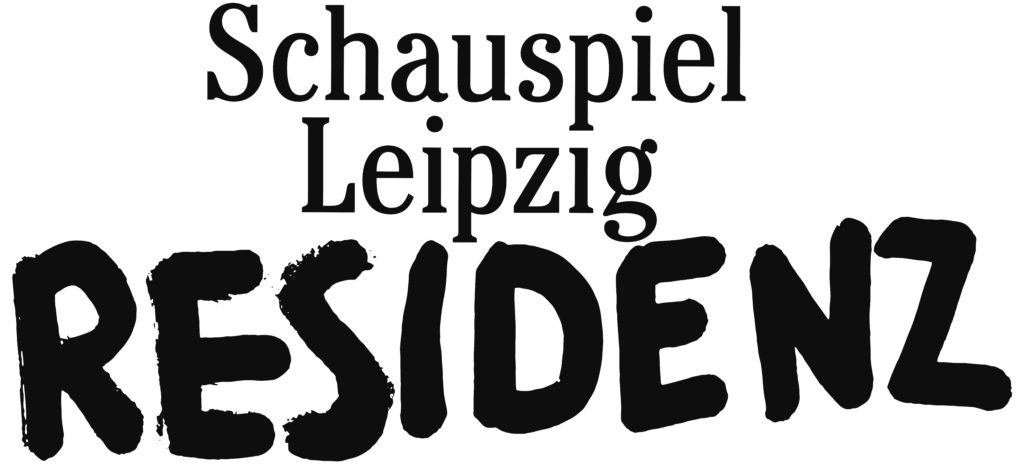
![]()
